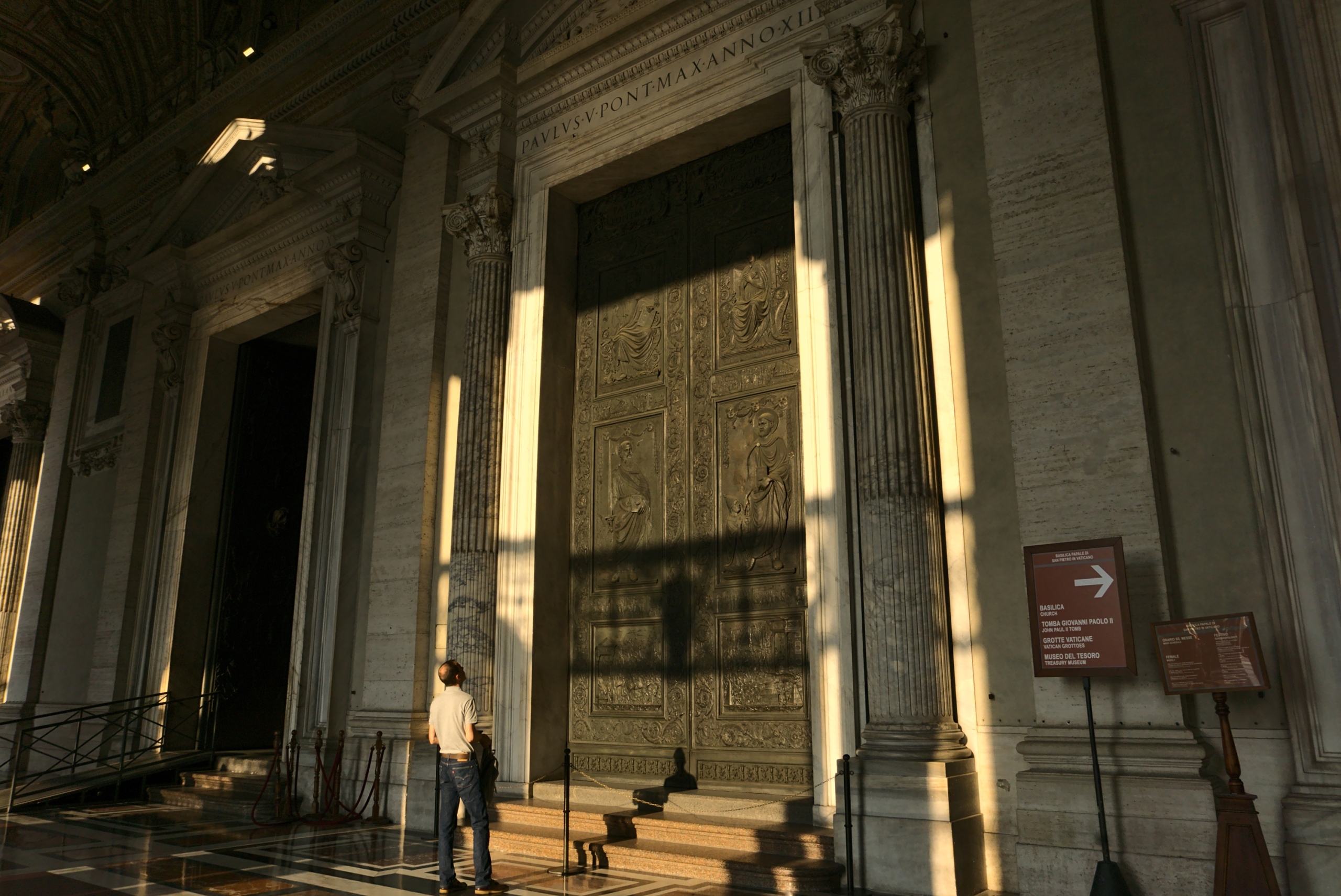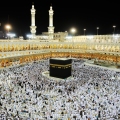On December 24, Pope Francis will inaugurate the Jubilee of 2025 with one of its most symbolic and anticipated rites: the opening of the Holy Door. This act, rich with meaning, has deep roots in Christian tradition and fascinating connections to spiritual and cultural practices from other religions.
Beyond its theological significance—Jesus of Nazareth referred to himself as “the door”—the Holy Door offers a moment for reflection on themes of renewal, transformation, and the pursuit of the sacred. These are universal values that resonate across religious traditions worldwide.
The Christian Tradition of the Holy Door
The Holy Door, often referred to as the “Door of Forgiveness,” will be opened at Rome’s four major papal basilicas: St. Peter’s, St. John Lateran, St. Paul Outside the Walls, and St. Mary Major. Although the tradition encourages a pilgrimage to Rome, every cathedral in the world has its own “holy door,” allowing Catholics to participate in the Jubilee wherever they are.
These doors, usually sealed and only opened during Holy Years (celebrated every 25 years or during extraordinary Jubilees), symbolize more than physical entry. Crossing through them represents a spiritual transition—a leaving behind of sin and a movement toward grace and renewal.
The current ritual, where the Pope uses a ceremonial hammer to break the wall sealing the door, dates to the 15th century, though the practice itself is older. Pope Martin V institutionalized the tradition during the Jubilee of 1423, creating a ritual still observed today.
Doors in Other Religious Traditions
The symbolism of doors as thresholds between the earthly and the divine extends far beyond Christianity. Across many religions, doors and portals signify transitions from the profane to the sacred, from the worldly to the transcendent. This imagery appears repeatedly in myths, traditions, and sacred texts.
A striking parallel to the Christian Holy Door is the Golden Gate of Jerusalem. This imposing gateway on the eastern side of the Old City has long held profound spiritual importance. Historically, it was the only entrance granting direct access to the sacred Temple precinct. In Jewish tradition, it is known as the “Gate of Mercy” (Sha’ar HaRakhamim), believed to be the entry point for the Messiah at the end of days.
Christianity adopted this messianic symbolism, linking the Golden Gate to Jesus’s entry into Jerusalem, as described in the Gospels and celebrated on Palm Sunday. In Islamic tradition, the gate is similarly significant, seen as the site where the Final Judgment will begin.
Other religions, such as Hinduism and Buddhism, also ascribe profound meaning to doors and thresholds. In Hindu temples, crossing the entrance symbolizes a shift from the mundane to the divine. In Buddhism, intricately adorned portals in monasteries and stupas mark the path toward enlightenment. These architectural elements, found across cultures, underscore a shared human longing for transcendence and connection to the sacred.
The Universal Dimension of the Symbol
At the heart of these traditions lies the idea of the door as a space for transformation. Crossing it signifies a profound change: purification, renewal, or the beginning of a new spiritual journey. The Holy Door of Christianity is not an isolated symbol but part of a global narrative connecting humanity to what is sacred and timeless.
The connection to the Golden Gate of Jerusalem highlights this continuity. Although the Holy Door is a relatively recent Christian rite, its underlying symbolism is rooted in millennia-old traditions. Even for those without a specific faith, the concept of a portal inviting introspection and renewal has universal appeal.
Jubilee 2025: A New Opportunity
The upcoming opening of the Holy Door will take place within the broader context of the Jubilee of 2025, an event eagerly anticipated by Catholics and pilgrims from across the globe. This Holy Year, with its theme “Pilgrims of Hope”, aims to inspire millions to reflect on their lives, relationships, and search for meaning.
The opening ceremony, presided over by the Pope at St. Peter’s Basilica, will include prayers, hymns, and a solemn call to repentance and renewal. Yet its significance goes beyond the liturgical act. It serves as a powerful reminder of humanity’s ability to start anew, to embrace the unknown, and to find purpose in the spiritual journey, whatever form it may take. It also affirms that, despite cultural and spiritual differences, people share a common quest for meaning, redemption, and connection to something greater.
When the ceremonial hammer strikes the Holy Door in St. Peter’s Basilica, it will signal more than the opening of a physical gateway. It will represent a symbolic path toward hope, forgiveness, and transformation—a reminder that all of humanity, in its diversity, is united in the journey toward something beyond itself.





